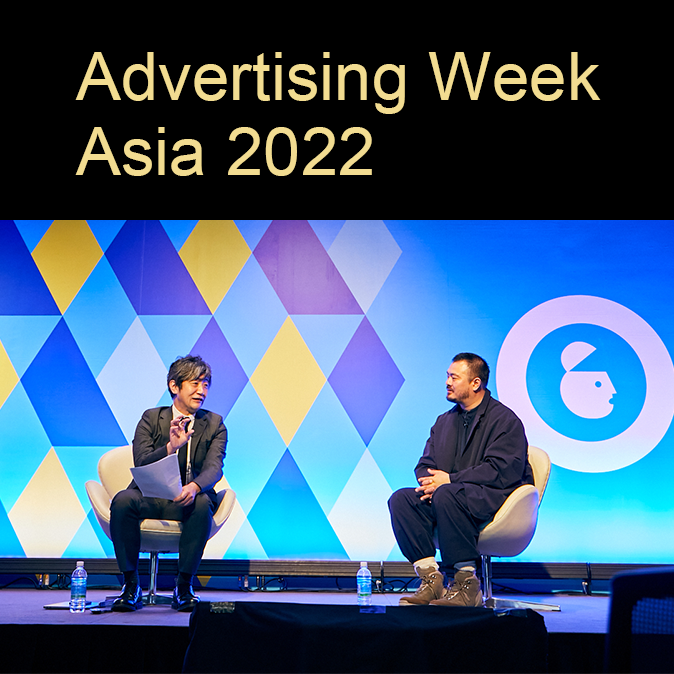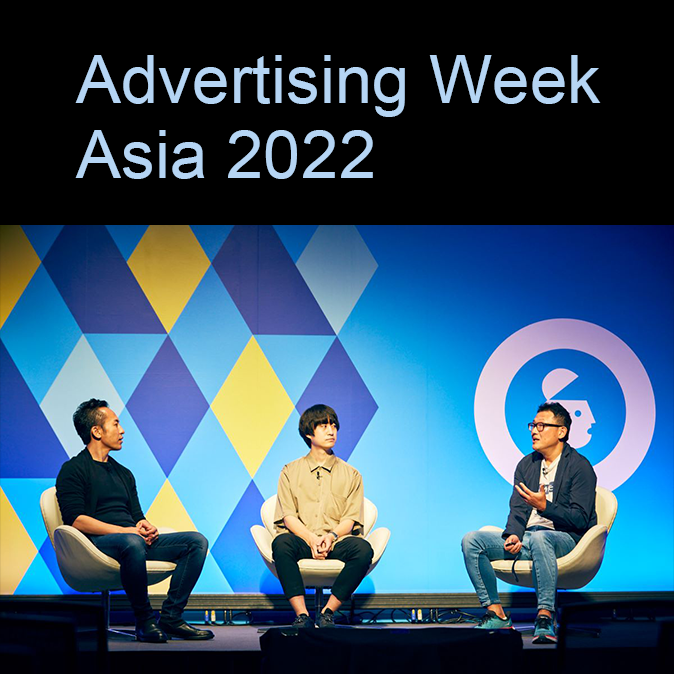- Events
In the age of digital transformation, have we forgotten to move people’s hearts?
Advertising Week Asia 2022 Presentation Report
Advertising Week Asia 2022 was a hybrid event, integrating real and online to give more opportunities than ever for people to participate. It featured a wide variety of sessions and networking activities from the perspective of “bringing together the marketing, media, technology, and creative industries to promote change.”
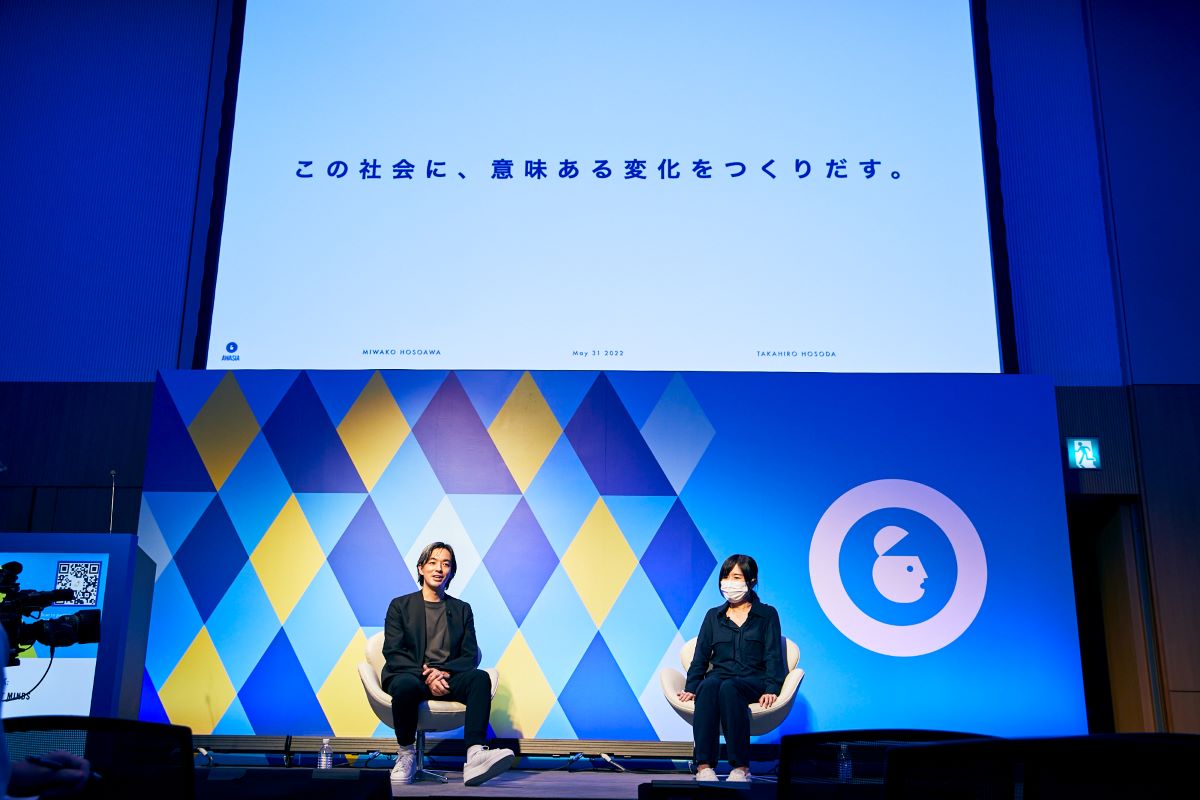
Today, many companies are transforming their businesses through the power of digital. In what can be called the heyday of digital transformation (DX), data is revered as a savior in marketing, while the power of words, which used to be at the center of advertising, appears to have been put on the back burner. Yet a calm and unsentimental look at brands around the world that are successfully handling this transformation reveals that they are taking words more seriously than ever before—by rediscovering the brand’s raison d’etre and engaging the hearts and minds of users. Sometimes, interacting with users works hand-in-hand to create a new way of life.
With this in mind, TBWA\HAKUHODO’s CCO Takahiro (“Taka”) Hosoda and Miwako Hosokawa, Creative Director & Copywriter at the creative unit (Tsuzuku), discussed the possibilities of words in the DX era at Advertising Week Asia 2022. This article is a summary of their session titled “Copywriting in the DX Era.”
Human beings, not numbers
TAKA: I’m Taka, CCO at TBWA\HAKUHODO, and I’m joined by Creative Director and Copywriter Miwako Hosokawa, who is now a member of the creative unit called (Tsuzuku), after working at Dentsu.
HOSOKAWA: (Tsuzuku) is a team of five creative directors, including myself.
TAKA: The theme of this session is Marketing and Words. When digital technology was first introduced to the advertising industry in the past, it was expected to create two-way dialogue between companies and sei-katsu-sha*. But what about now? In the marketing industry in Japan, unrestrained words like “enclosing” “capturing,” and “harvesting” users, and “soaking up” information are often used, as if companies can control people at will.
HOSOKAWA: Words that are uttered unthinkingly show a person’s usual thoughts. Unconsciously, we may be influenced by social frameworks and assumptions that have been imprinted on us. Recently, there have been active discussions about the usage of language, and when language doesn’t regard people as human beings so much as mere KPIs or just numbers, they feel their dignity is damaged. In advertising it should be the exact opposite. I believe that brands and advertising should be created focusing on each individual’s story.
TAKA: I agree. Of course I understand that marketing staff and creators are under pressure, with various KPIs imposed on them. But that is why I believe it is a fundamental and important role of creatives to redefine people not as “numbers” but as human beings with dignity.
HOSOKAWA: I feel that this is where marketing staff and creators can truly show their stuff. Companies that only aim to achieve numerical targets and advertising that drives desire in the short term will not last long. I think it is important for advertising that aims to support the longevity of corporate activities to deliver something useful by connecting to the lives of each individual. And this is something I would like to contribute to.
Analyze the past with numbers. Envision the future with words
TAKA: With numbers, we analyze the past, but it is with words that we envision the future. Our first discussion theme is Words as a banner for transformation.
Not a day goes by that we don’t hear the term “DX,” but what is the purpose of “transforming” in the first place? What do companies and brands envision beyond digital transformation? When I ask these questions to people involved in DX, they are often lost for words, because they only have a vague sense of mission—“I have to change somehow”—without clear picture of how and why.
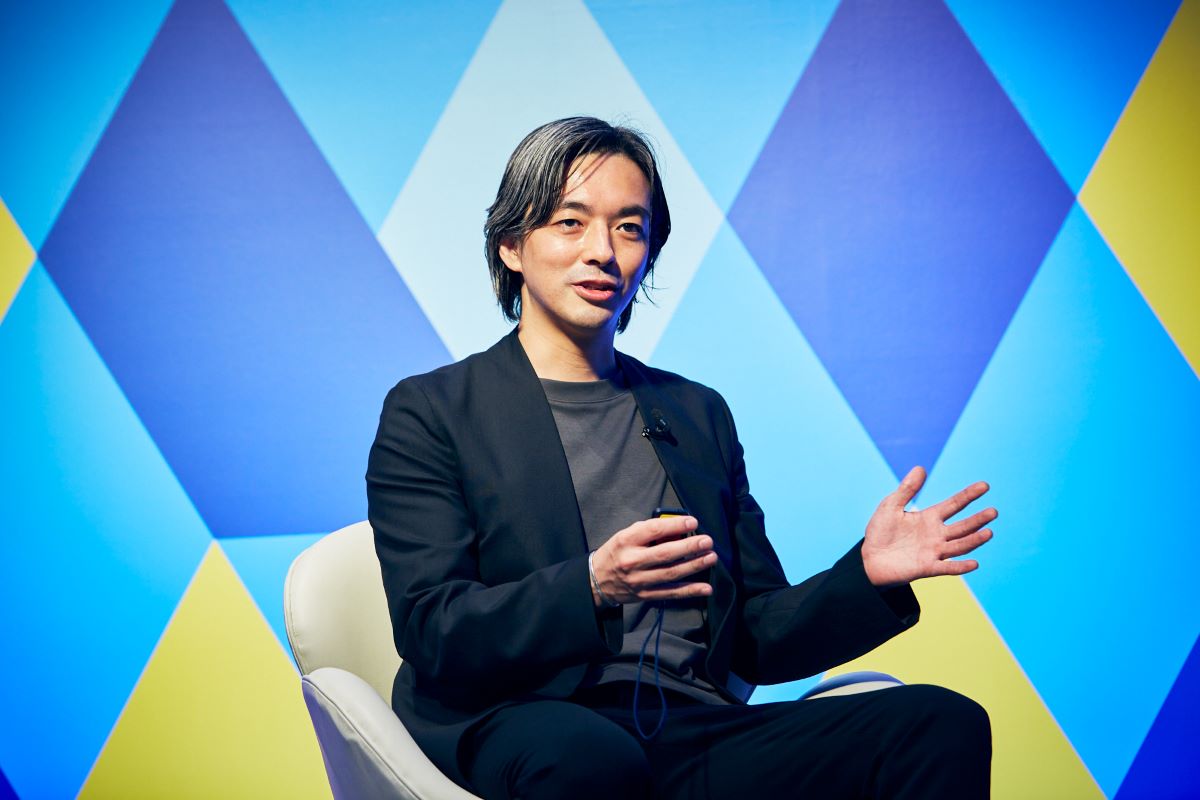
I see The New York Times as an example of a successful corporate digital transformation. Some of you may have seen the news that in February 2022, they reached their goal of 10 million paid subscribers three years ahead of plan. In 2019, The Times launched the copy “The truth is worth it.” It was a time when the problem of fake news spreading through social networking sites emerged as a social issue. To fight against this era of easily-spread fake news, they announced their intention of spreading the truth in digital. You could call this the “purpose” of the company.
Rather than simply promoting the paper’s digital version, the campaign emphasized the value of truth that can be pursued because it is digital. The campaign became a topic of conversation around the world. By talking about the future of digitalized newspapers, it moved people’s hearts. I would like to see this kind of dynamic movement happen at Japanese companies as well.
HOSOKAWA: I thought the sentence that came after “The truth is worth it,” “The truth is more important now than ever,” was powerful. I thought it was a great copy that captured not only the universality but also the timelessness of the message.
TAKA: One more thing: we can easily imagine that it would have been tempting to say “The New York Times has value,” changing the subject to the name of the company. But The Times took the subject matter of the copy a step further. In other words, it redefined its business itself, from “newspaper” to “truth.” I think this kind of language usage will become more and more important in the future when undertaking DX. Could you share the example of one of the campaigns you were involved in that shows a company delivering a social message?
HOSOKAWA: Let me share with you a recent example from the Tokyo Gas campaign “#Parenting as a Team Play.” I have been working with Tokyo Gas for almost 14 years now on a series of advertising campaigns titled “Family Bonds.”
From the start, we have advanced the definition “Tokyo Gas is not a company that sells gas appliances to families, but a company that creates family gatherings.” Based on this premise, this year we further challenged ourselves to expand the definition of “family.” Specifically, my team proposed that positive changes in child-rearing could happen if families were viewed as “society as a whole,” including grandparents, people in the community, and corporate services, rather than just parents and children. The “#Parenting as a Team Play” project, which was likened to the team play in baseball, made a lot of people join in conversations about child-rearing on social media.
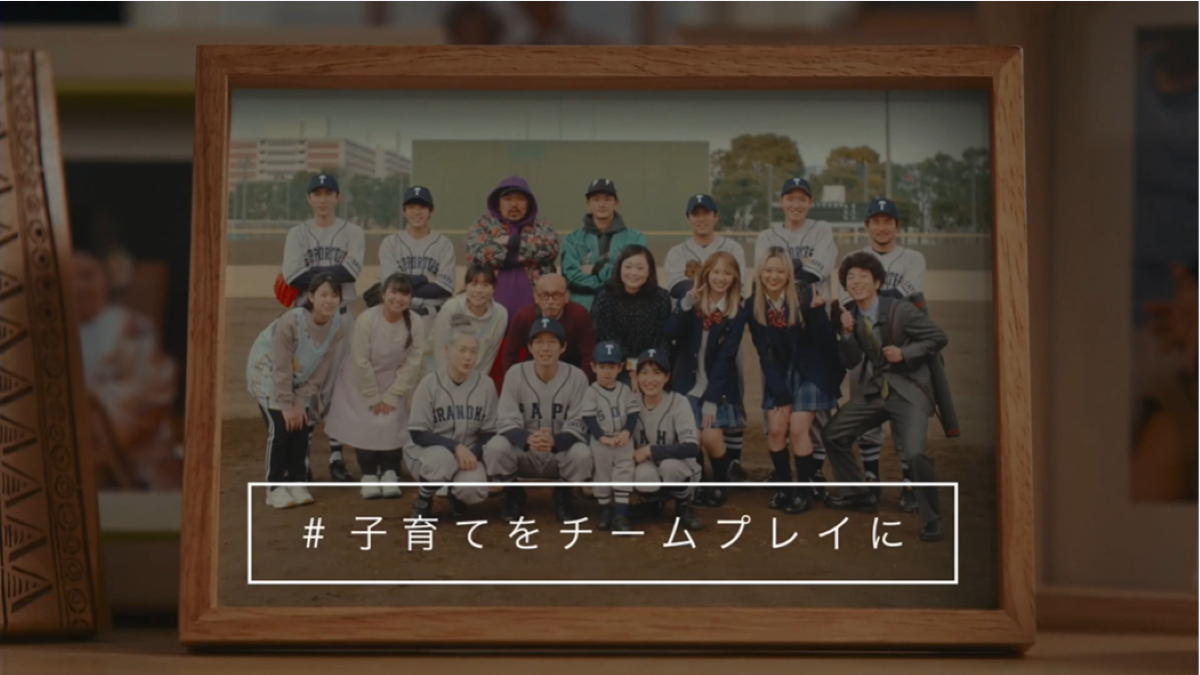 #Parenting as a Team Play
#Parenting as a Team PlayTAKA: By redefining the company then expanding the meaning of “family,” you updated language to keep up with the times.
HOSOKAWA: That’s right. Rather than a project that was like a firework that is gone in an instant, I wanted to propose words with the hope of finding a star that people and the company could aim toward together.
Writing that creates conversations rather than confrontation
TAKA: It seems finding a “North Star” that allows them to continue unwavering corporate activities will become even more important to companies in this age of rapid change. After finding the star they want to aim for, how should they communicate with their customers and sei-katsu-sha?
For our second topic, Words to Live by Digitally, I would like to discuss the example of a campaign for Pantene that you were involved in, “#What’s wrong with my hair as it is?” (#HairWeGo)
HOSOKAWA: When I mentioned “finding a star,” I meant something we aim to achieve together with our clients and, at the same time, finding a direction that we can aim for with society. What kind of words would make people want to aim to achieve and participate in something? Of course, it is not easy to find such words, but one that I think we successfully found was the question of “#What’s wrong with my hair as it is?”
My team came up with the words after having a close group interview and conversations with Japanese high school students who told us they had been required by their schools to dye their hair black, even though they were born with naturally light hair. The students were troubled by the school rule, but had actually half given up because they couldn’t change the situation, even after appealing to their schools.
TAKA: I often hear from companies that their voice is “not being heard” by Generation Z. But, it could be that they haven’t been “hearing the voice” of Gen Z. This campaign, which is about a problem experienced by high school students, generated discussion not only among their generation, but also their parents’ as well. What I especially liked about the campaign is that it did not make the teachers the one-sided villains.
HOSOKAWA: Originally, the starting point of the campaign was the brand’s desire to value the individuality of each person in terms of the beauty of their hair, but there was another thing in the background, which was the issue of peer pressure in Japan. For this reason, we felt that if we were not careful with the way we communicated, we might create a confrontation between high school students and schools. So, we included the idea of “creating a place for conversations” for students who thought there was no point talking to their schools.
TAKA: So what you suggested was to “turn confrontation to conversation.” In marketing, the potential of digital media tends to focus on personalization for each individual, but it should also be able to create individual connections and dialogue. To this end, it may be important for companies and creators to engage in dialogue with sei-katsu-sha.
HOSOKAWA: I also feel that ways to create interactions are increasing.
TAKA: Let me talk about the recent campaign that I was involved in, the NTT Docomo movie “A Graduation Ceremony Speech from a Million Graduates.” At the core of this movie was the company’s desire to support today’s high school students.
A company creating a video that says “Go for it, you can do it” is one way to show their support, but not the only one. We thought that high school graduates who spent two-thirds of their high school years under the cloud of the COVID-19 pandemic might have feelings that were untold and unshared. We wanted to support them by listening to their voices, rather than just talking to them.
We interviewed about 20 high school students who were about to graduate, and based on the interviews, wrote a graduation speech that would be read at a graduation ceremony. Half of the footage was provided by the actual high school students, and the other half was filmed to match moments in the speech.
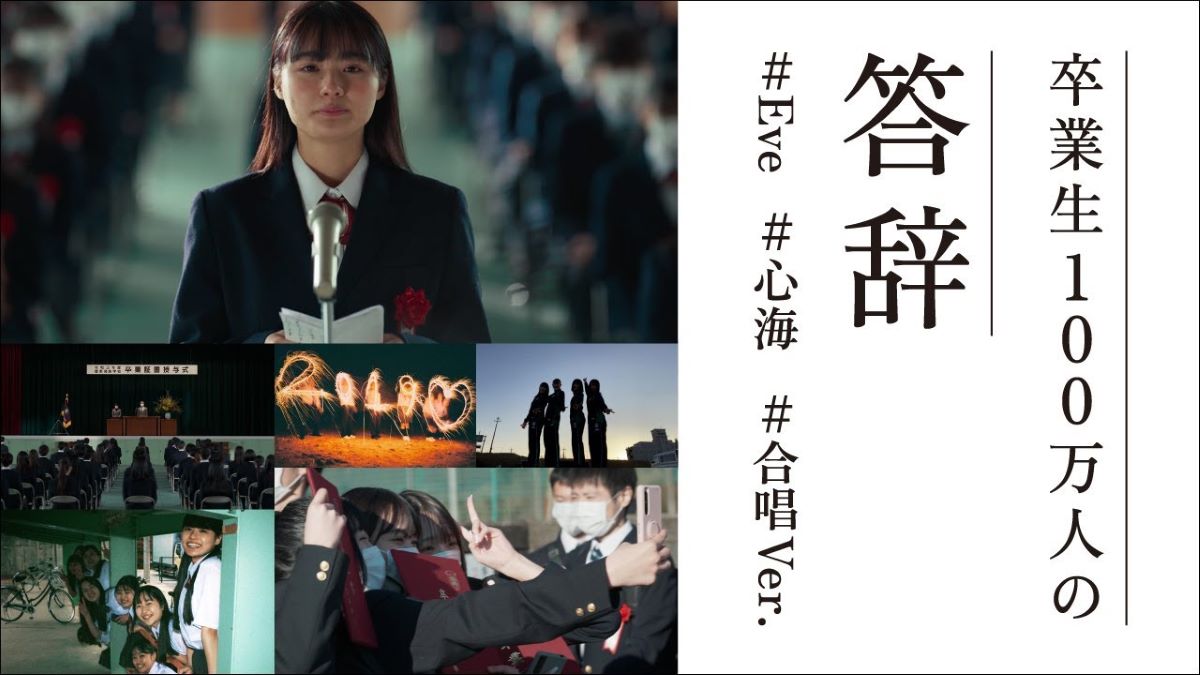
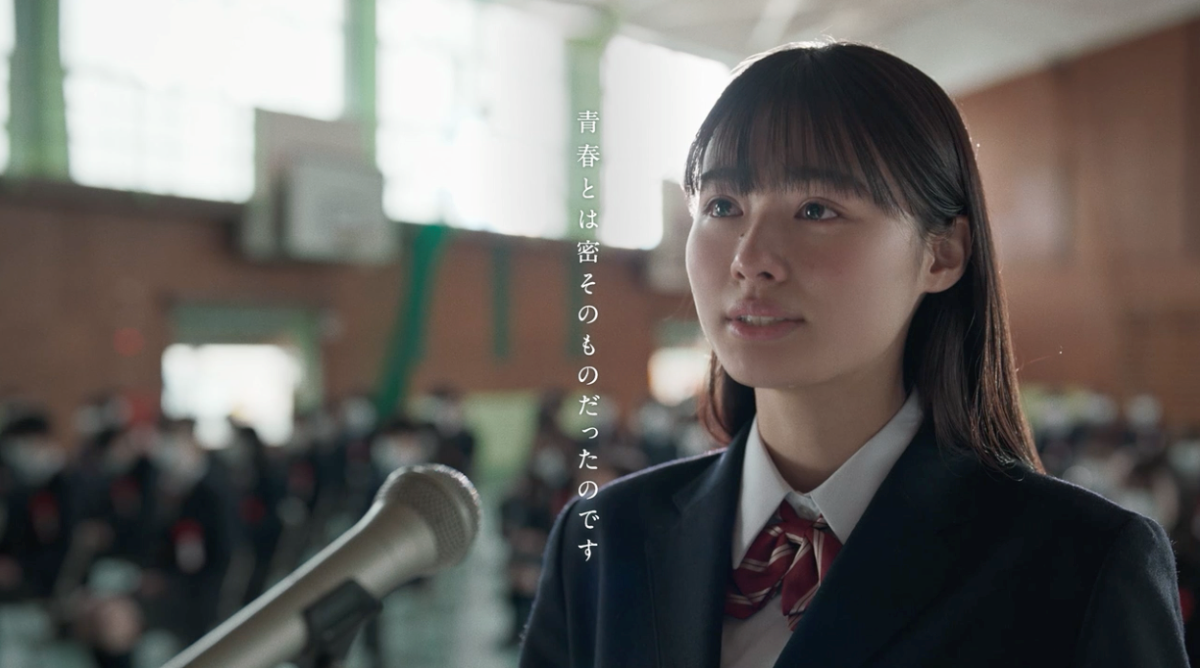
TAKA: Some of the memorable phrases during the speech were “Our photo albums are full of pictures of friends in face masks,” and “We realized that ‘distancing’ and being a teenager are not really compatible with each other.” These are perspectives that could only come from students who spent their school days during the pandemic.
The full version is five minutes long, which is a bit long to be shown on YouTube as an ad campaign, but when it was released, we received an unprecedentedly high view-completion rate. There are those who talk knowingly about general theories: that a long video will cause many viewers to leave the site or that you should grab viewers’ attention in the first five seconds. But with this campaign, I realized that there are things you can’t achieve just playing by the book.
The future form of advertising may be a “forum”
TAKA: When we were talking about advertising and copywriting in the future, you mentioned that in the future, advertising may be “a forum.” Could you share the campaign for Daio Paper Corporation’s Attento disposable adult incontinence underwear that illustrates that idea?
HOSOKAWA: The ad truly “put a topic to the forum,” with the copy “Let’s make incontinence underwear that doesn’t need hiding,” and asked everyone to talk about disposable incontinence underwear. The project started from the issue of many people who actually need adult incontinence diapers or underwear do not wear them because they are embarrassed to use them. Incontinence underwear makes life more convenient and is an important product for an aging society, but it is pushed into the shadows. This campaign was a way for everyone to engage in dialogue to change this misperception.
TAKA: People often refer social media as a “platform” or, in other words, a forum where people gather to discuss things. Despite this, I have the impression that many of the advertisements being placed on social media are just one-way videos and recommendations based on analysis of interests and hobbies. Seeing this makes me wonder if the companies are trying to turn a platform where dialogue can take place into a place to merely enclose livestock, for corporate convenience.
HOSOKAWA: We received more feedback than expected on a forum centered around the hashtag “#Let’s change common sense.” Some pointed out that the package design made it difficult to buy the underwear, so we created a stylish package to reflect users’ needs. This was a project that allowed the advertising to become a forum created together with current users and people in the community who may become users in the future.
TAKA: I think it will be useful to view future brands as forums or platforms, too. One of the ideal forms of digitalized creativity will be to engage in dialogue with the people who gather around brands, and to listen to and tell each person’s story.
As an example of how I brought this to fruition, I would like to talk about Nissan’s #CIMARestore. Actress Kazue Ito has been driving a CIMA for over 30 years, and when she had the car inspected, she posted on twitter that Nissan staff had given her flowers to celebrate driving it safely for 30 years. That became a topic of conversation, and people responded to Nissan with comments like, “Please make sure to support her so she can continue driving it for a long time.”
After discussing it with Nissan, we decided to restore the car (that is, a total repair and parts replacement). The restoration process was reported on Nissan’s owned media, and we actively engaged in dialogue with the fans. Through the process, I think the brand’s love and care for its cars and their owners was conveyed well.
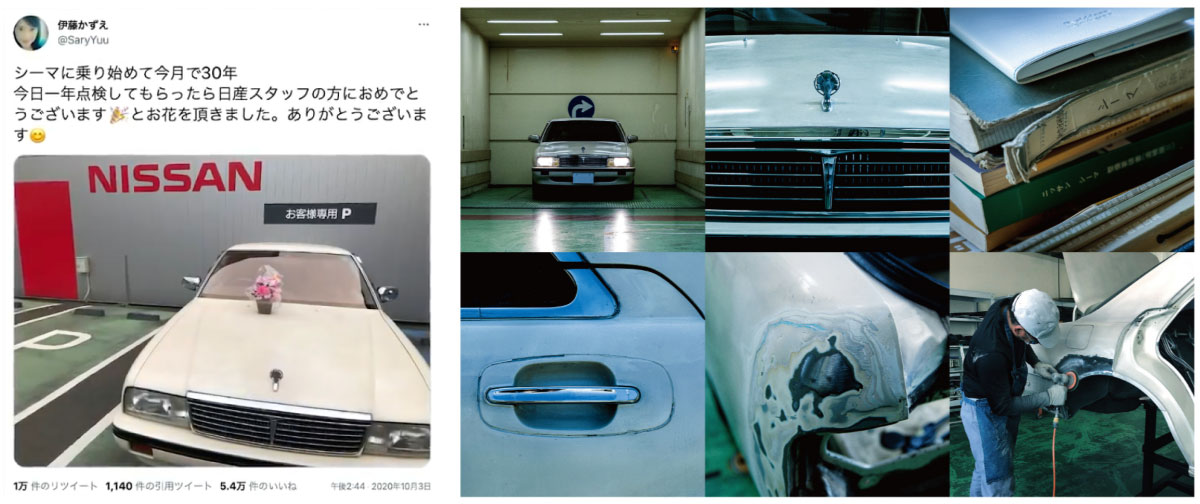
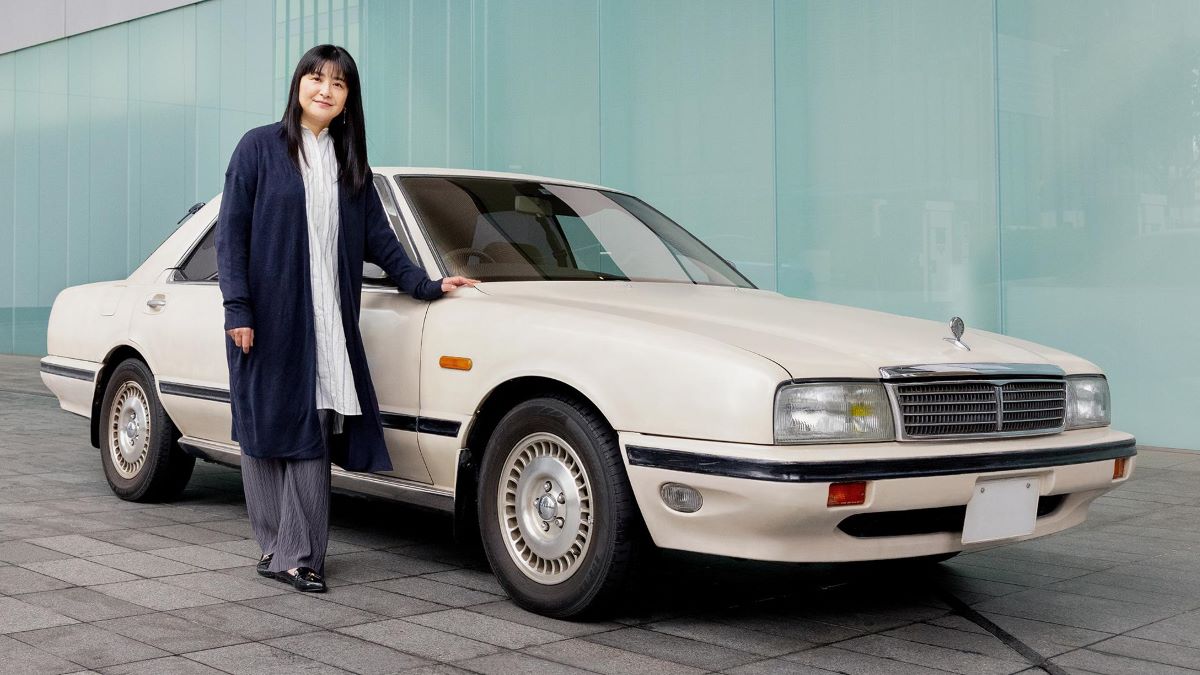
HOSOKAWA: Such a wonderful initiative! In most of the cases mentioned today, digital technology enabled companies to listen to the voices of individual sei-katsu-sha and use them in their communication. Until now, the role of advertising has been to deliver information about companies and products to sei-katsu-sha, but I feel that from now on, it will be useful for delivering sei-katsu-sha’s voices to companies. I would like to see marketing staff and creators demonstrate their abilities in this area.
TAKA: User data can be analyzed by machines. But the feelings of sei-katsu-sha cannot necessarily be deciphered from data. We, as creators, must always use our imagination to think about what makes people happy.
Let us conclude by sharing a few words about our aspirations for the future as copywriters. My aspiration is to “Create meaningful change in our society.” We want to stay focused on whether changes in companies and brands are meaningful to sei-katsu-sha.
HOSOKAWA: For me it would be to “Put lifestyles and lives back in the people’s hands.” I feel that the focus on efficiency, short-term corporate activities and other such things are taking away human lifestyles and lives, and I would like to use advertising to help bring them back. The voices of sei-katsu-sha in their everyday lives will change companies and make them more beloved, which in turn will change the world. I would be happy if I could create such change.
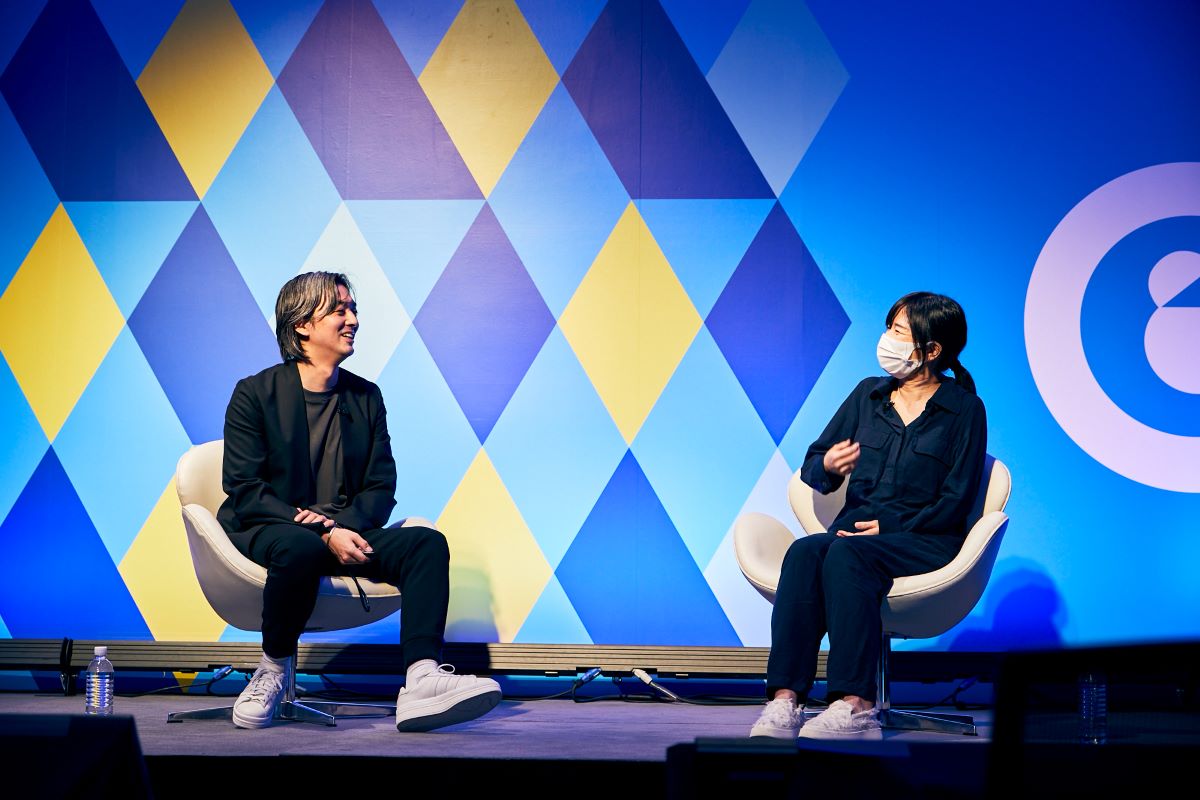
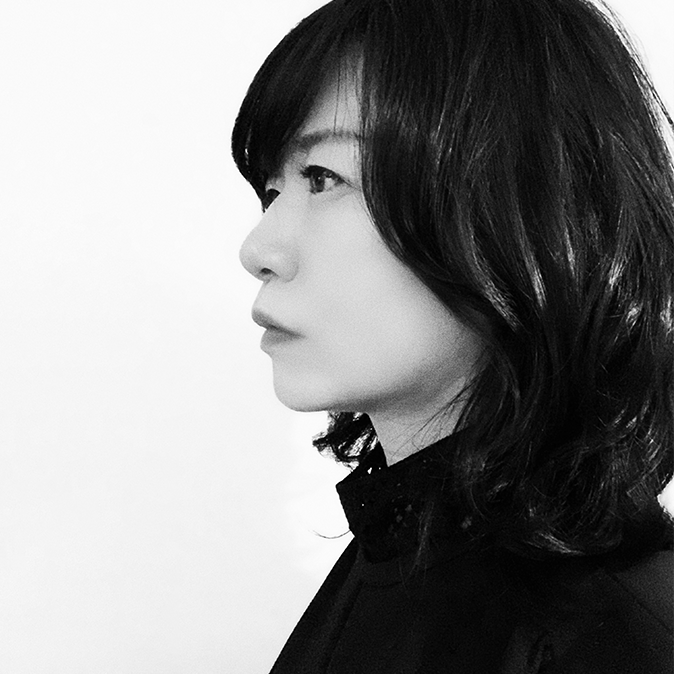
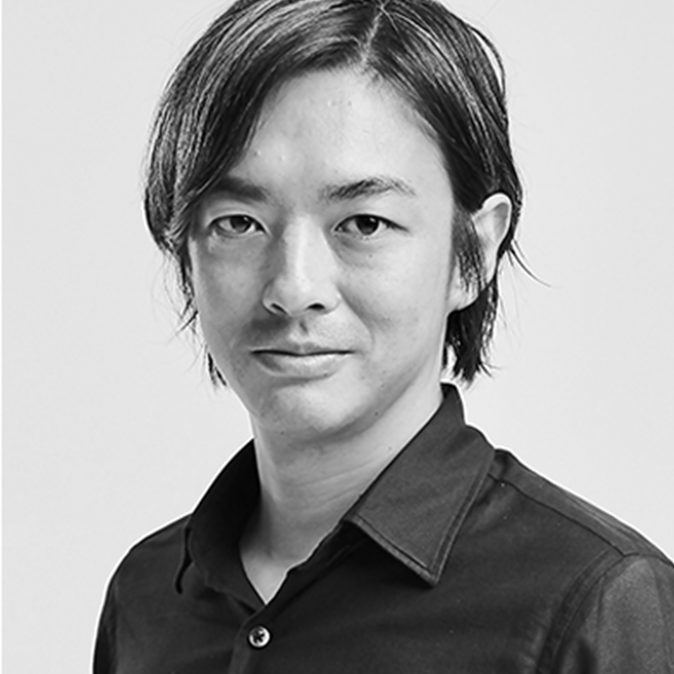
* “Sei-katsu-sha” is a term the Hakuhodo Group uses to describe people not simply as consumers, but as fully rounded individuals with their own lifestyles, aspirations and dreams.













